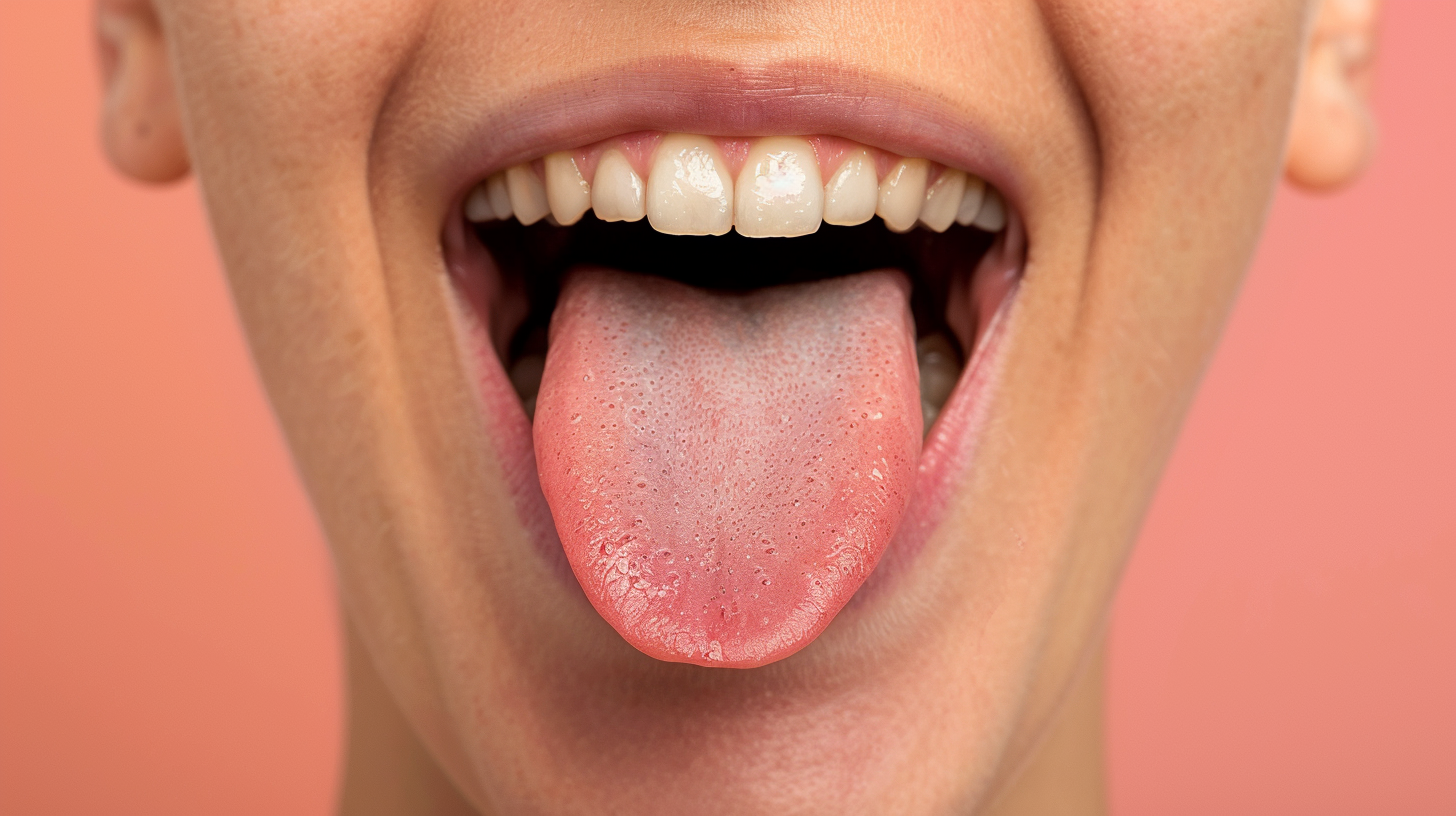Prevalence & Rising Rates
Globally, ADHD affects around 5–7% of children, making it one of the most common neurodevelopmental diagnoses in youth. And while awareness—and diagnosis—has risen over the years, emerging research suggests we may be missing key underlying contributors: sleep and airway dysfunction.
Sleep-Disordered Breathing & ADHD: A Strong Connection
A growing body of evidence shows that 25–57% of children diagnosed with ADHD also experience sleep-disordered breathing (SDB), including obstructive sleep apnea (OSA). In some cases, 95% of pediatric OSA patients show attention deficits that mimic ADHD symptoms.
Symptom Overlap & Underdiagnosis
Sleep disruption—including snoring, upper airway resistance syndrome (UARS), and mild OSA—often leads to inattention, impulsivity, irritability, and hyperactivity in children. Research suggests that up to 25% of children diagnosed with ADHD might actually have undiagnosed sleep apnea driving their behavioral and cognitive challenges.
Mechanisms: Why Poor Breathing Disrupts Focus
- Fragmented sleep and frequent arousals impair attention and executive function via disrupted REM and slow-wave sleep cycles.
- Intermittent daytime hypoxia and inflammation from disrupted breathing can alter neurochemical function in brain regions tied to emotion and cognition (especially the prefrontal cortex).
Evidence of Improvement with Airway Treatment
When OSA is treated—especially via procedures like adenotonsillectomy—many children show marked reductions or even remission in hyperactive or inattentive behaviors previously attributed to ADHD.
Case reviews report multiple interventional studies in which adhd symptoms improved after airway-focused treatment—even allowing medication reduction or discontinuation.
Why the Cause Remains Underrecognized
- Sleep evaluations are not routinely integrated into ADHD diagnosis protocols—even though symptoms overlap substantially.
- Mild forms of sleep impairment—like UARS—often go undetected in traditional polysomnography, leading to a false-negative result and missed diagnosis.
Why BreatheWorks’ Approach Is So Important
At BreatheWorks, our whole‑patient airway evaluation uncovers root causes often overlooked in standard ADHD evaluations. Rather than immediately treating behavioral symptoms with medication, we often give patients and their caregivers options to explore and whether sleep-disordered breathing is at the heart of cognitive and emotional challenges.
By combining airway evaluation with evidence-based myofunctional therapy, we aim to treat the underlying disruptions—helping restore sleep integrity, reduce inflammatory stress on the developing brain, improve daytime behavior, and often reduce or eliminate the need for symptom-focused medication.



